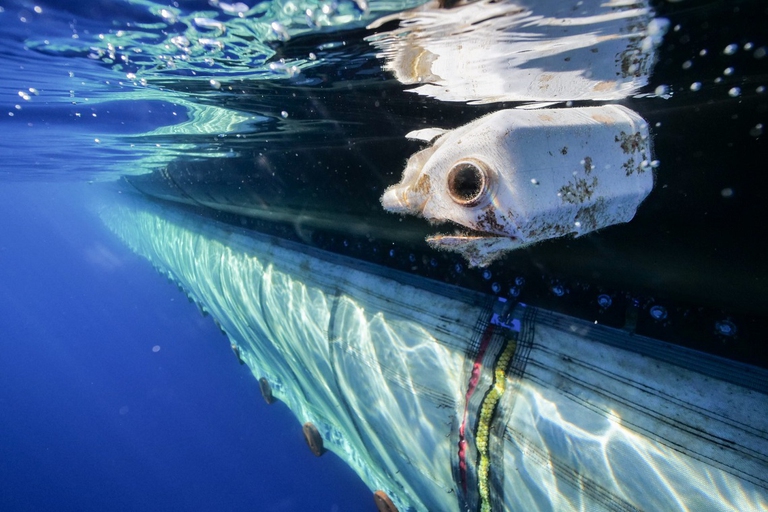
Sharon Lavigne, one of the six winners of the 2021 Goldman Environmental Prize, is fighting to protect her community from plastics corporations.
After returning to shore last January due to a fault, the floating barrier has set sail towards the Pacific Trash Vortex once again with the aim of removing the largest plastic island floating in the ocean.
The Ocean Cleanup mission is giving it another go, not letting the first obstacle bring it to a permanent halt: the machine, whose full name is Ocean Array Cleanup, is a barrier designed to carry out the greatest ocean cleanup operation ever. Boyan Slat, the mastermind behind the project, announced via Twitter that it’s currently at sea headed towards the Pacific Trash Vortex, the largest plastic island on the planet.
After only four months of design, procurement, and assembly, the crew is now on their way to the Great Pacific Garbage Patch with the upgraded System 001/B. Time to put it to the test. pic.twitter.com/wbUUvrihbh
— The Ocean Cleanup (@TheOceanCleanup) 21 giugno 2019
In late 2018, the 600-metre long machine called Wilson was damaged by continuous exposure to waves and wind, causing a 20-metre long section to detach from it and forcing the entire device to return to port. After approximately four months of repair operations, Wilson is now headed back towards the Pacific Trash Vortex between the US states of California and Hawaii. “Hopefully, nature doesn’t have too many surprises in store for us this time – Slat tweeted –. Either way, we’re set to learn a lot from this campaign.”
In order to avoid the same problem, Ocean Cleanup engineers haven’t only fixed the floating barrier but also tried to improve it it. Two upgrades have been installed on the new version of the machine. It now has a set of inflatable buoys that should reduce its drift and help it move slower than floating plastic. The team has also attempted to make the device more durable by creating simpler connections between the various components and removing unnecessary stabiliser frames. Finally, it was constructed following a modular approach, in order to make repairs and modifications easier without having to bring the whole barrier to shore.
Wilson is fuelled by oceanic currents and solar power, therefore the machine doesn’t require additional energy to carry out its mission of collecting plastic. During its first field test, marine biologists monitoring the project onboard also confirmed that it hadn’t caused any significant negative environmental impacts.
Siamo anche su WhatsApp. Segui il canale ufficiale LifeGate per restare aggiornata, aggiornato sulle ultime notizie e sulle nostre attività.
![]()
Quest'opera è distribuita con Licenza Creative Commons Attribuzione - Non commerciale - Non opere derivate 4.0 Internazionale.
Sharon Lavigne, one of the six winners of the 2021 Goldman Environmental Prize, is fighting to protect her community from plastics corporations.
Plastic pollution is airborne too. Microplastics are being carried across continents by the wind, as a recent study reveals.
A group of experts in Tokyo suggested pouring radioactive water from Fukushima into the open sea. A marine biochemist explains the consequences of this absurd decision.
Levels of particulates in New Delhi in 2020 were once again far above safety thresholds, with extremely serious health consequences for its citizens.
The decline in grey and humpback whales in the Pacific and Atlantic Oceans has been traced to food shortages caused by rising ocean temperatures.
The United Nations has launched a major international alliance for ocean science, undertaking a mission close to all our hearts.
A major oil spill in the Ecuadorian Amazon in April has left the Coca River polluted. The indigenous Kichwa are suing the companies whose pipelines broke.
Molecules that eat up plastic waste, including PET bottles, may soon become widely used as scientists leap ahead in developing new super enzymes.
In Italy’s Land of Fires between Naples and Caserta, activists like Carmen Medaglia are fighting to promote new ways of managing waste.








